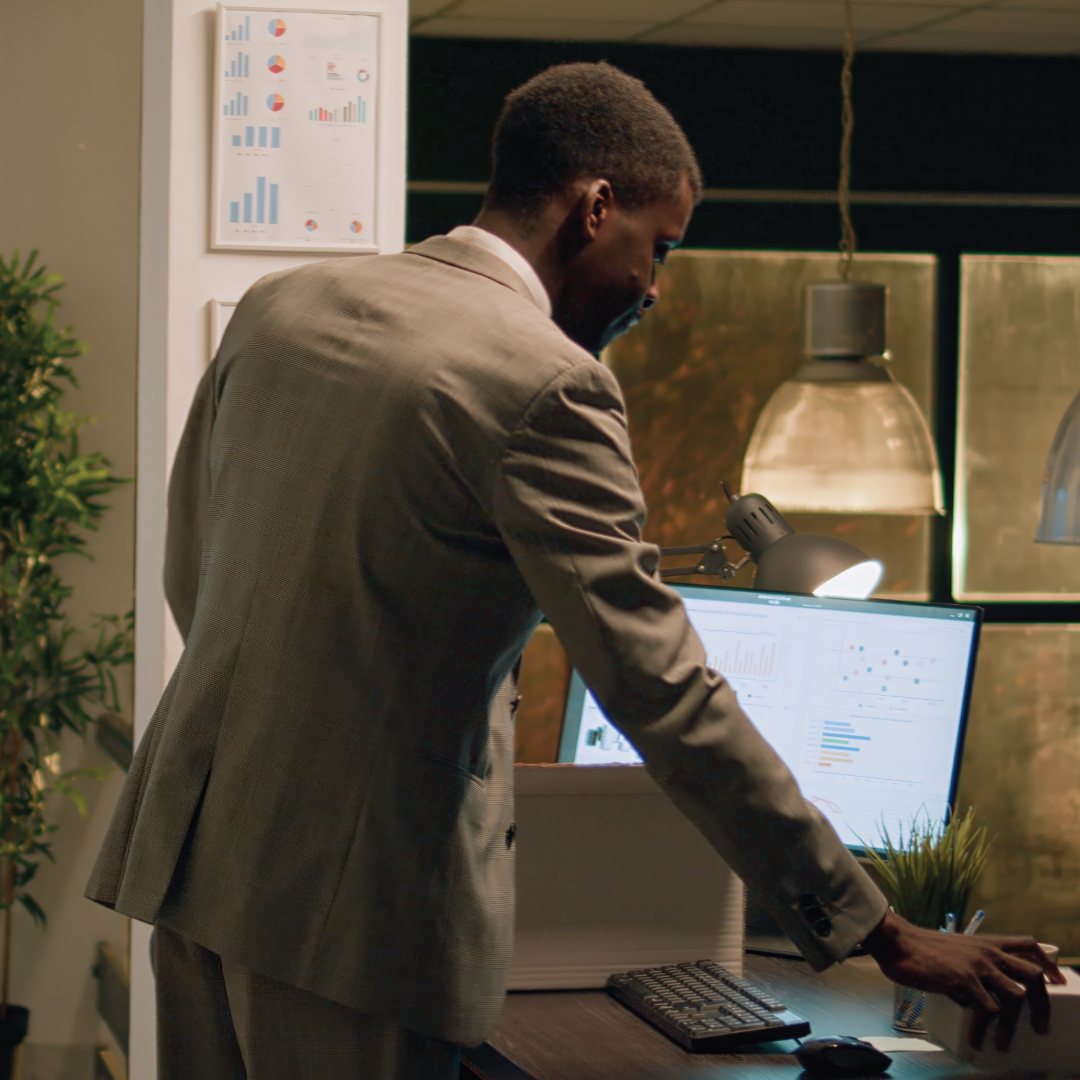Life is a mosaic of the workplace and its myriad demands. Employees spend an enormous chunk of their lives within office walls, often navigating high-pressure environments and deadlines. Amid this ebb and flow, the mental health of your team is pivotal. It directly impacts productivity, engagement, and, ultimately, your company’s bottom line. But how exactly can the spaces we work in be attuned to support our well-being?
This blog explores the nuanced art of designing office spaces with a focus on enhancing employee mental health and overall well-being. For business owners and managers, this knowledge could well be the anchor leading to an elevated workplace environment.
Recognizing the Link Between Space and Sanity
The proposition that our environments impact our mental states is not a matter of conjecture – it’s a scientific fact. Psychologists have long recognized the importance of space in relation to stress levels, cognitive function, and mood. In the context of the workplace, the implications are illuminating.
The Science of Connection
Numerous studies, such as those from Harvard University’s T.H. Chan School of Public Health, UNStudio, and Steelcase, have consistently shown that an intelligently-designed office has the power to reduce stress and foster a sense of community. Strategic use of natural light, biophilic elements, and ergonomic furniture can create a working environment that genuinely supports employee well-being.

The Battle with the ‘Sick Building Syndrome’
At the flip side, ‘sick buildings,’ those characterized by poor ventilation, high noise levels, and artificial lighting, have been associated with increased symptoms of anxiety and depression among employees.
Blueprinting Your Health-Focused Office
From macro-level architecture to micro-level interior decoration, every aspect of office design presents an opportunity to prioritise mental health. But to integrate well-being into the very blueprint of your workspace, several fundamental elements must be considered.
GET IN TOUCH
Schedule a Visit
The Importance of Colour and Light
Colour psychology—understanding the effects of various hues on mood—is a starting point. Actively choosing calming colours for walls, and using daylight-mimicking bulbs to supplement natural light, can create an uplifting and stress-busting atmosphere.
Ergonomics for Equilibrium
Ergonomic design is not just about comfort; it’s about creating an environment that respects the natural contours of the human body. This ties closely to creating workspaces that prevent physical discomfort, which can evolve into mental stress and dissatisfaction.
Spatial Planning with Mental Health in Mind
Adopting open plans for collaboration and private spaces for focused work reflects an awareness of the multifaceted nature of mental health. Employees need the space for both social interactions and personal reflection, and a thoughtful space layout can cater to these needs.
The Intangibles of a Healthy Workspace
Beyond the traditional elements of design, several intangible aspects play a crucial role in employee mental health within the office.
Cultivating a Sense of Ownership and Identity
Involving employees in the design process, even in small ways, can create a sense of belonging. For instance, allowing individuals to choose their desk plants or contribute to the office aesthetics can foster a connection and pride in the workspace.

Nurturing Social Interactions
Design that supports impromptu meetings, communal areas for breaks, and social spaces can enhance team cohesion and reduce feelings of isolation that can adversely affect mental health.
Noise and Acoustics
The battle against noise pollution is real in bustling offices. Providing quiet work niches, soundproof zones for meetings, and enforcing policies to manage noise can greatly reduce stress and distractions.
Beyond the Office Floor
Enhancing well-being through design extends beyond the confines of the office floor. Consider the role of communal amenities, recreational spaces, and even surrounding landscapes in shaping an overall environment that promotes mental health.
Communal Amenities
Kitchens, game rooms, and relaxation lounges are not just frivolous luxuries – they’re vital spaces for employees to recharge, socialize, and engage in activities that offer a mental breather.
Nature’s Touch
Capitalizing on the proven benefits of connecting with nature can mean incorporating walking paths, green rooftops, or even just potted plants throughout the office.
Knowing When to Flex
The rising trend of flexible work arrangements, including remote work options and non-traditional workspaces, signifies an industry acknowledgment of the impact of autonomy on mental well-being.
Leading the Industry in Mental Health and Office Design
Business leaders are increasingly acknowledging their role not just in profit generation, but in fostering environments of positive social impact. Such a mentality is pivotal in creating a workplace that values and supports its employees’ mental health.
The Corporate Mind-shift
Companies leading the charge in this space understand that investing in employee well-being is not an ‘expense’ but an ‘investment’ that reaps long-term benefits.
A New Gold Standard
With case studies on the profitability of well-being-centric workplaces on the rise, a new benchmark is being set. Soon, well-being will not be a mere perk but a prerequisite for top talent and sustainable business growth.
Walking the Talk
Practical steps towards integrating mental health into the workspace demonstrate a tangible commitment to employee welfare and can be the distinguishing factor that sets your company apart.
Conclusion: The Office as a Sanctuary
A well-designed office is a lot more than a space to conduct business. It’s a sanctuary that affirms the well-being and mental health of the very people who drive the engines of your company. By tailoring this physical space to support the psychological health of your employees, you’re not just fostering morale – you’re sculpting a culture of care, creativity, and, crucially, productivity.
In this era where the lines between work and life are increasingly blurred, the workspace stands as a tangible manifestation of your organisational values. By placing a premium on mental health in your office design, you’re not just making a statement – you’re making a lasting investment in the heart of your business.

